Comet Tsuchinshan-ATLAS & Milky Way,
more Barnard Objects
Posted: 22 October 2024
1910 MST: Monday evening, 21 October 2024, I went outside to check on Comet Tsuchinshan-ATLAS (C/2023 A3).
1916 MST: The comet was visible to the eye using averted vision and by blocking improperly shielded bright lights at three locations on Highway AZ-77.
1920 MST: The comet's tail appeared 7° long in 7x50 binoculars.
I took the following photographs (chronological order).
The Milky Way & Comet Tsuchinshan-ATLAS; iPhone 15 Pro Max (Night Mode, 10 seconds, 1X lens)
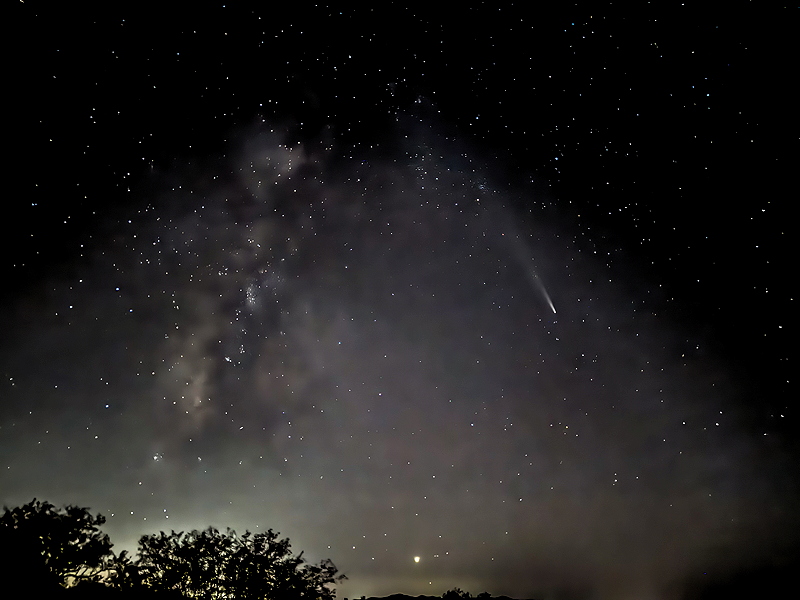
Comet Tsuchinshan-ATLAS; iPhone 15 Pro Max (Night Mode, 10 seconds, 5X lens)
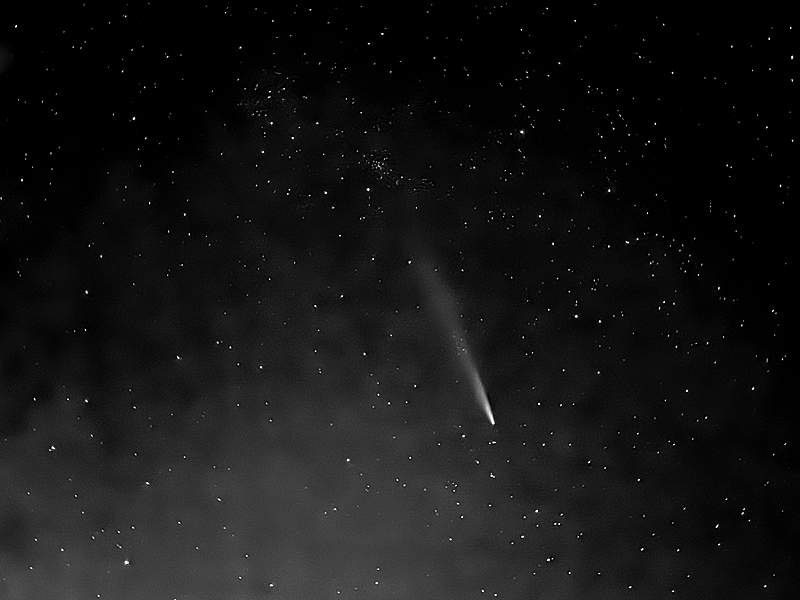
The Milky Way & Comet Tsuchinshan-ATLAS; D850 DSLR (f/2.8, 20 seconds, ISO 2500, FL 24mm)
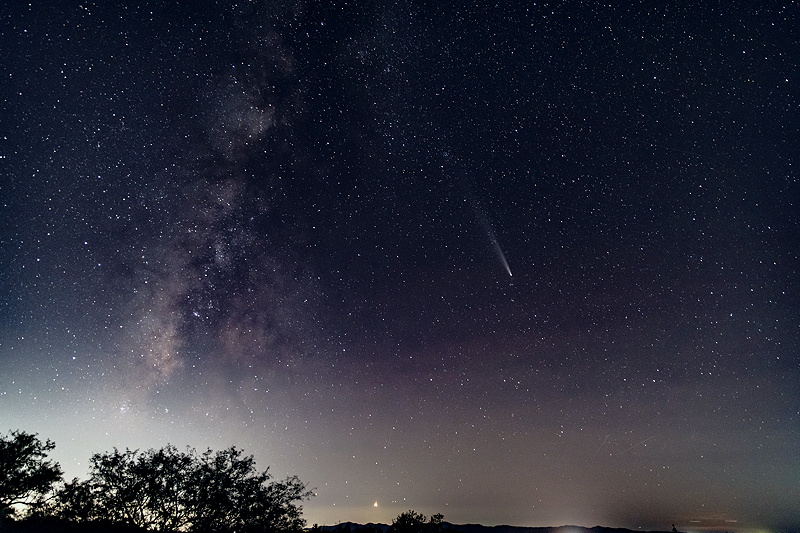
The Milky Way & Comet Tsuchinshan-ATLAS; D850 DSLR (f/2.8, 6 seconds, ISO 6400, FL 24mm)
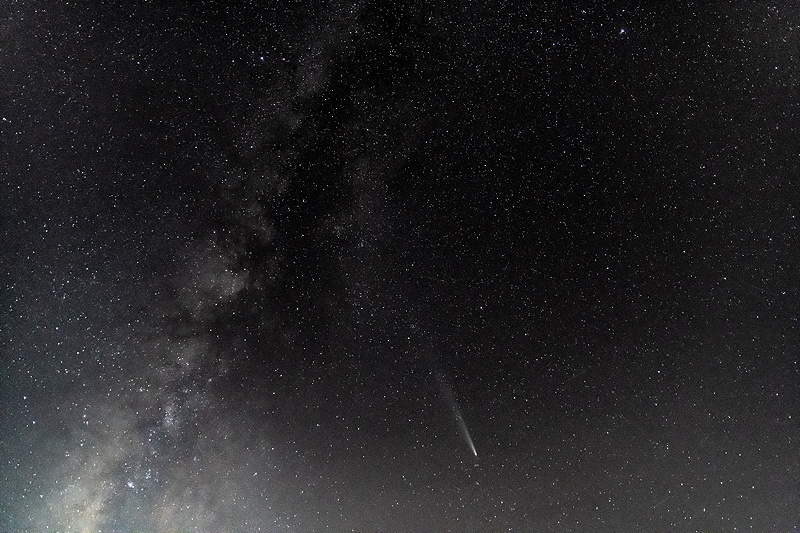
The Milky Way & Comet Tsuchinshan-ATLAS; D850 DSLR (f/2.8, 10 seconds, ISO 6400, FL 55mm)
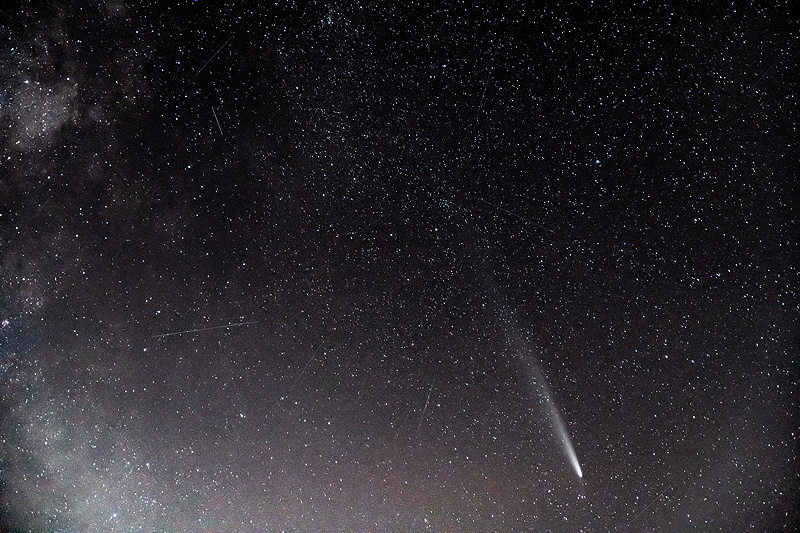
Four satellites are visible in the last photo. If the satellite companies and government regulators around the world do not get better control of what goes into orbit, soon we see more satellites than stars in our night sky. This will have negative impacts on many species on Planet Earth.
The poor lighting from three locations on AZ-77 are very obvious in these photos. The bright lights at the left were even casting sharp shadows at my location about one mile away. The shadows were easily seen with the eye. These locations know the issues with their lights, in one case for 10 years.
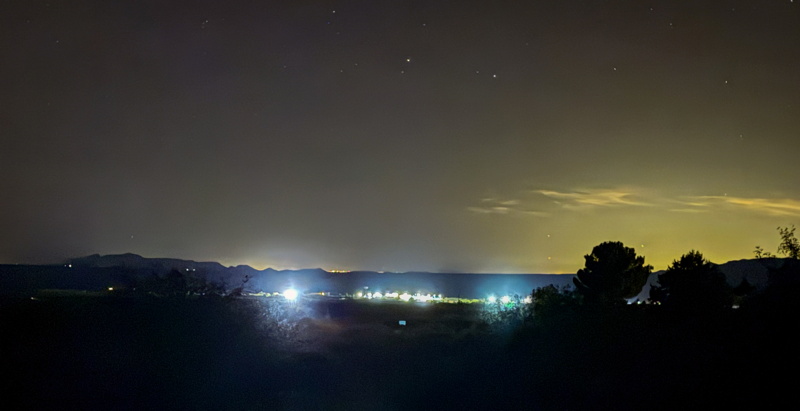
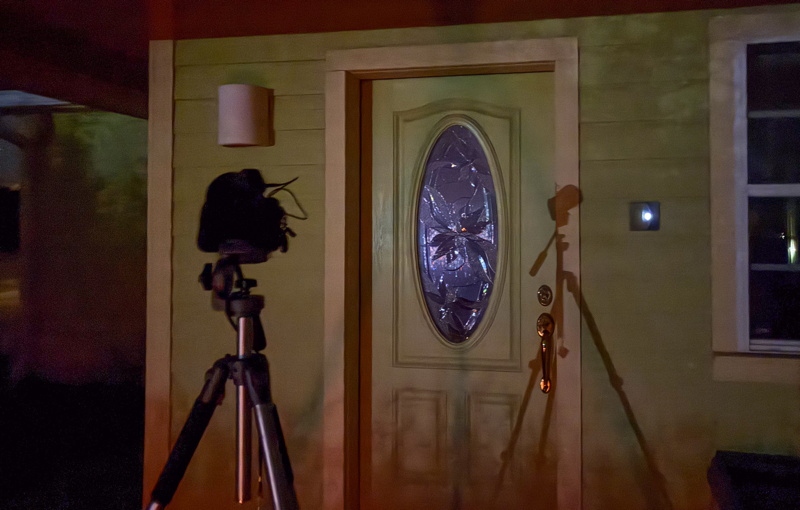
Later that night I opened the observatory.
|
Open: Monday, 21 October 2024, 2049 MST Temperature: 65°F |
Session: 2023 Conditions: Clear |
Equipment:
12" f/8 LX600 w/StarLock
2" 24mm UWA eyepiece
Focal reducer
Camera:
D850 DSLR
2053 MST: LX600 ON, StarLock OFF, High Precision ON.
Prepared the D850 DSLR for imaging. Mounted the D850 at prime focus + focal reducer, focused on the star Altair, locked the telescope mirror, and slewed to the first Barnard Object (dark nebula) to be imaged this session.
2102 MST: StarLock ON.
Took the following StarLock autoguided images of Barnard Objects, 30 seconds, ISO 6400.
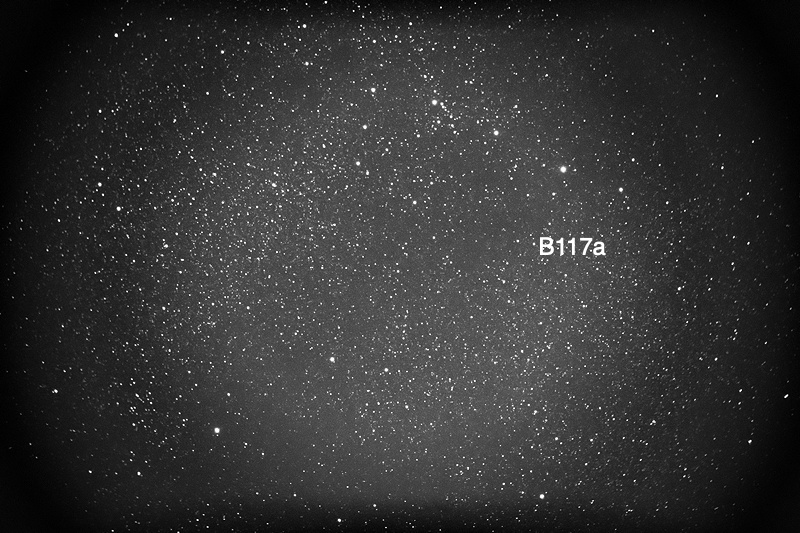
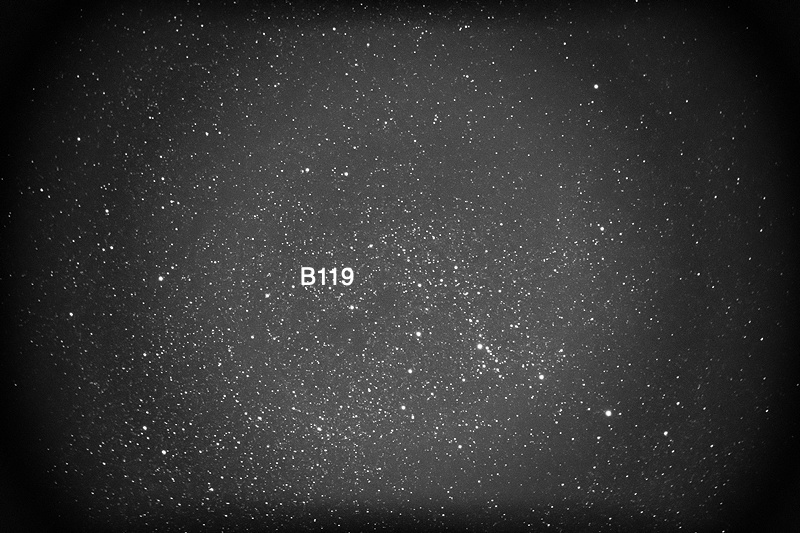
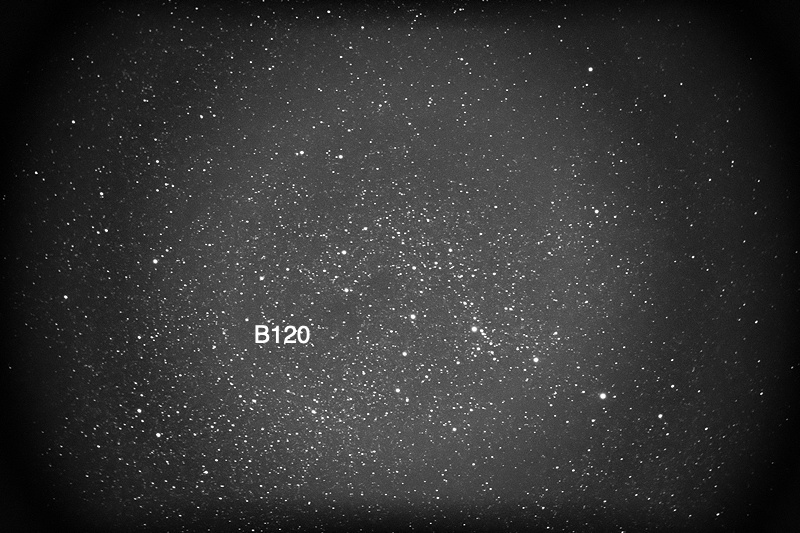
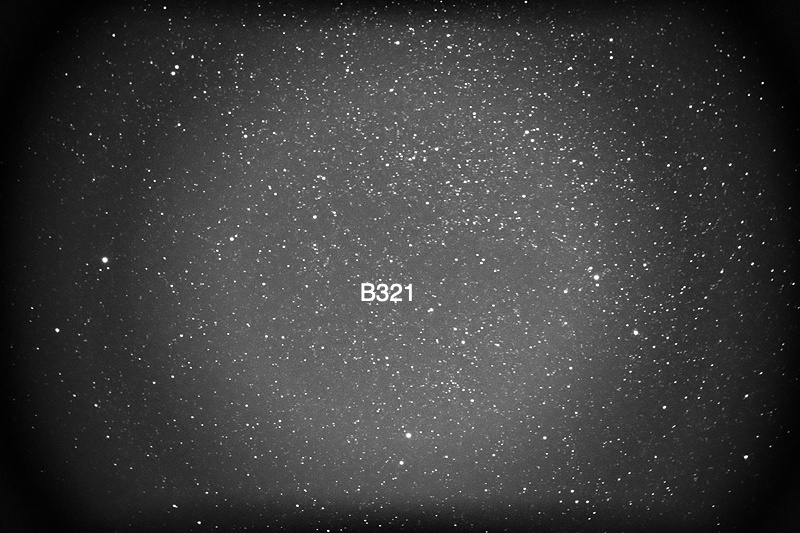
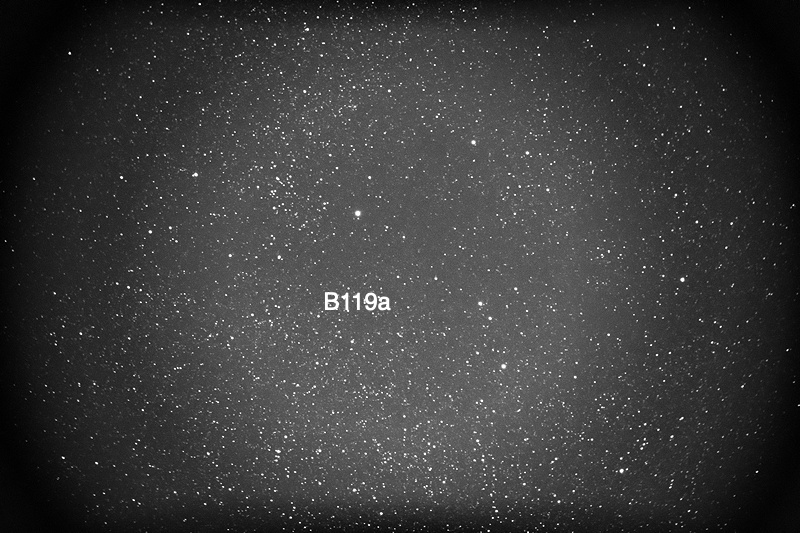
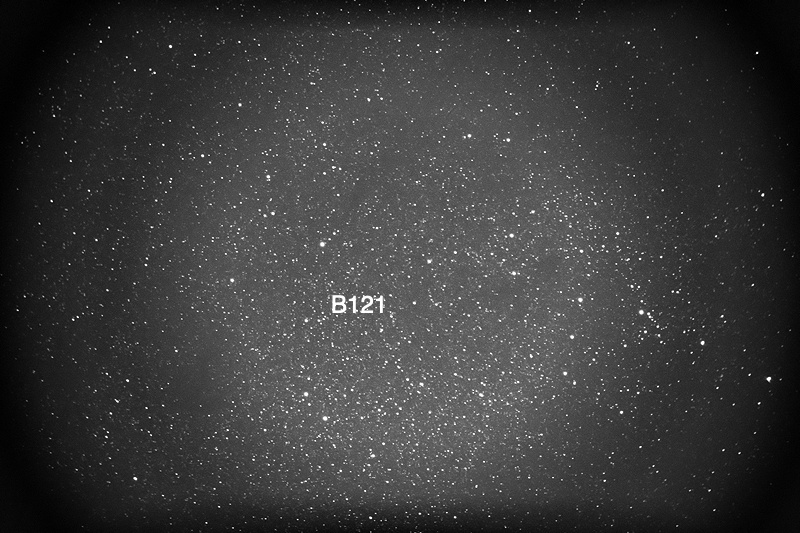
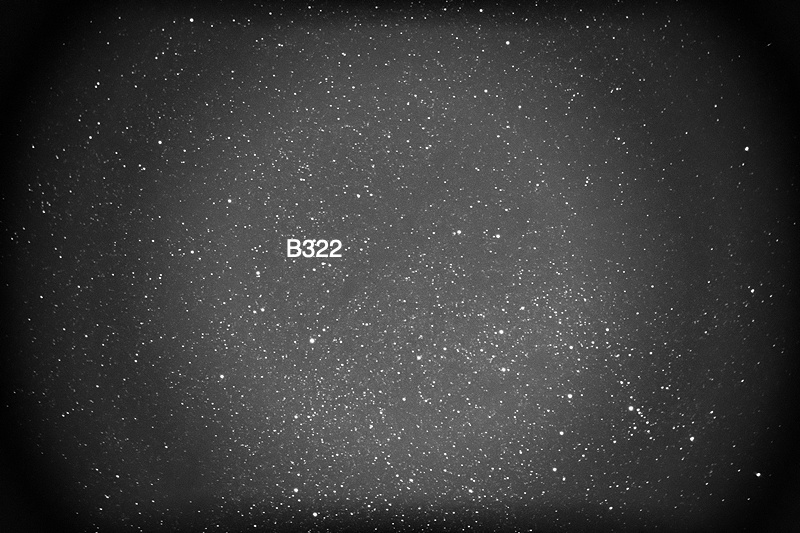
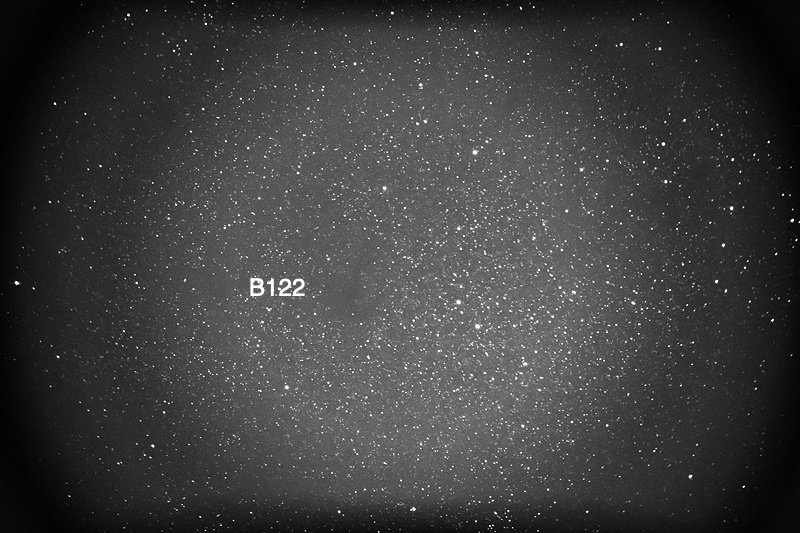
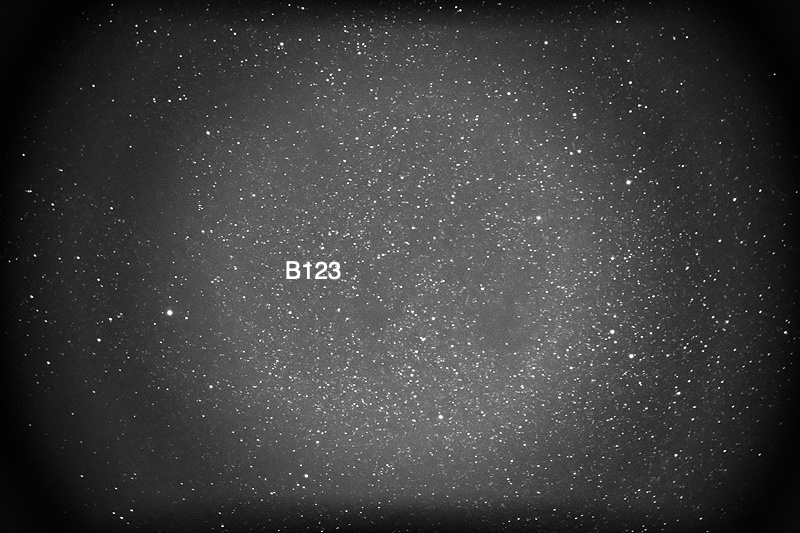
2128 MST: StarLock OFF.
I ended imaging as the rising waning gibbous Moon was brightening the eastern sky.
I then observed, or tried to, the following Barnard Objects, 102X: B127, B128, B130, B129, and B131.
2143 MST: The bright moonlit sky was too bright to continue observing dark nebulae.
Viewed Saturn, 102X. I then viewed Jupiter and the four Galilean Moons, 102X. Jupiter was very low in the eastern sky.
Lastly, viewed M45 (Pleiades), 102X.
2153 MST: LX600 OFF.
|
Close: Monday, 21 October 2024, 2201 MST Temperature: 64°F |
Session Length: 1h 12m Conditions: Clear |
Comments are welcome using Email. Please read the Email Etiquette guidance.
Cassiopeia Observatory Home Page
Copyright ©2024 Michael L. Weasner / mweasner@mac.com.
URL = http://www.weasner.com/co/Reports/2024/10/22/index.html
